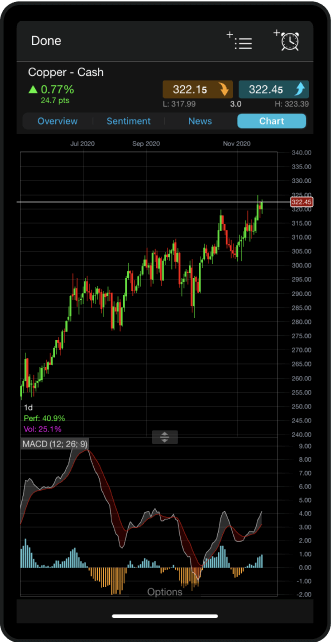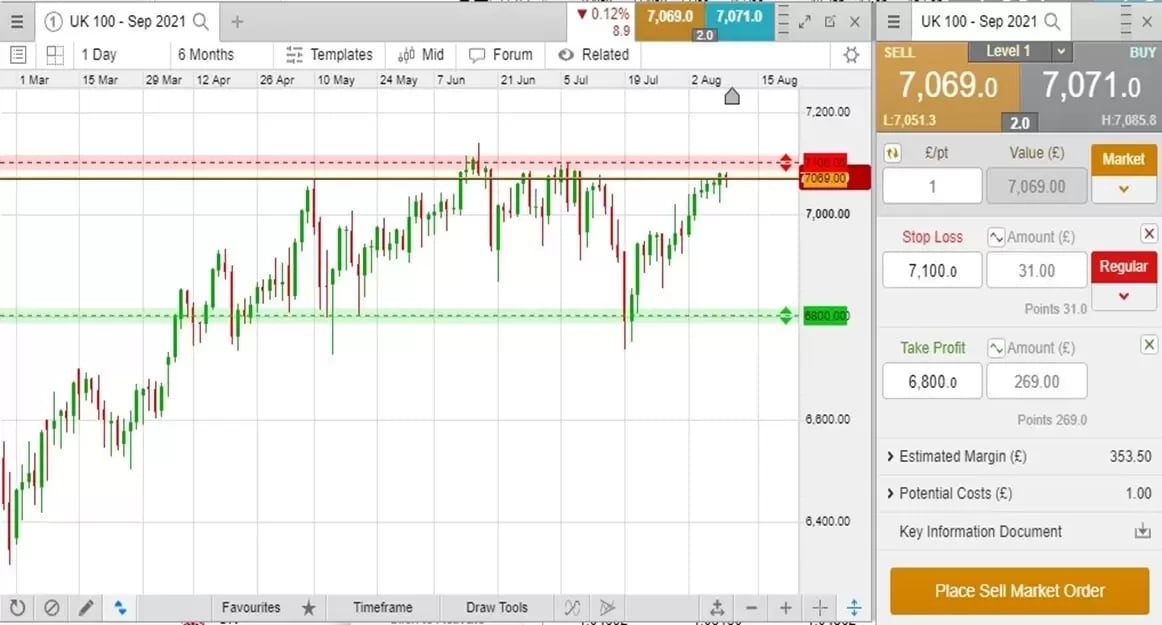What are indices and how do you trade them?
Published on: 23/12/2021 | Modified on: 25/01/2023
Indices trading is a popular strategy for those who are looking to gain exposure to an entire market, investment theme or sector. In this guide, we explain the meaning of indices, how they are calculated, and how you can gain access to benchmarks across the world such as the FTSE 100.
KEY POINTS
- Indices can be categorised by market cap, sector, theme, region or asset class
- They can help to diversify a trader’s portfolio as risk is spread across multiple stocks
- The UK’s benchmark index is the FTSE 100, which measures the top companies in the country by market capitalisation
- Other major world indices include the S&P 500 (US), DAX (Germany), Nikkei 225 (Japan) and Hang Seng (Hong Kong)
- You can’t invest directly in spot or cash indices but instead, you can trade derivative instruments based on the original index or exchange-traded funds that track the same stocks























